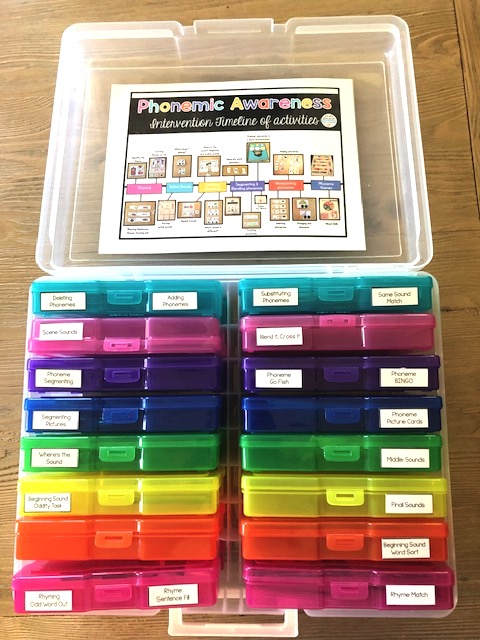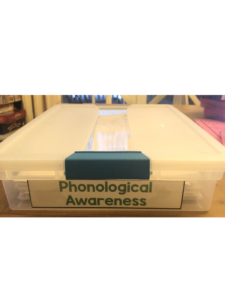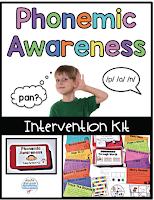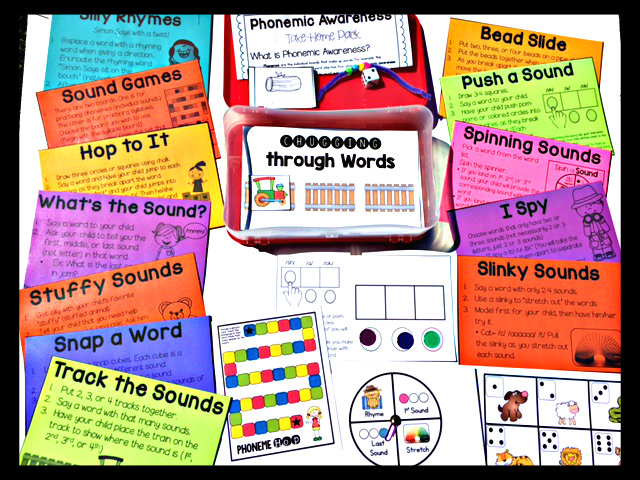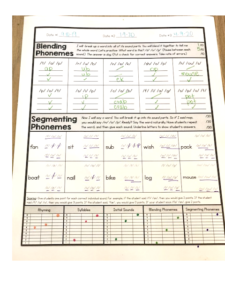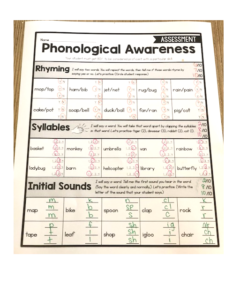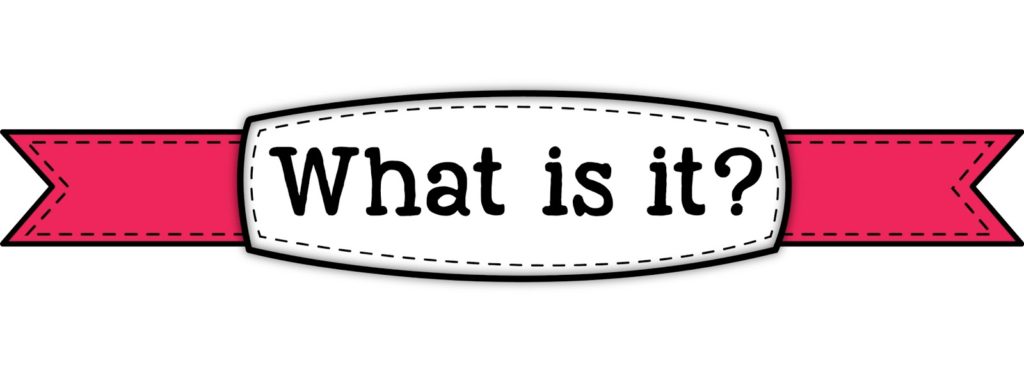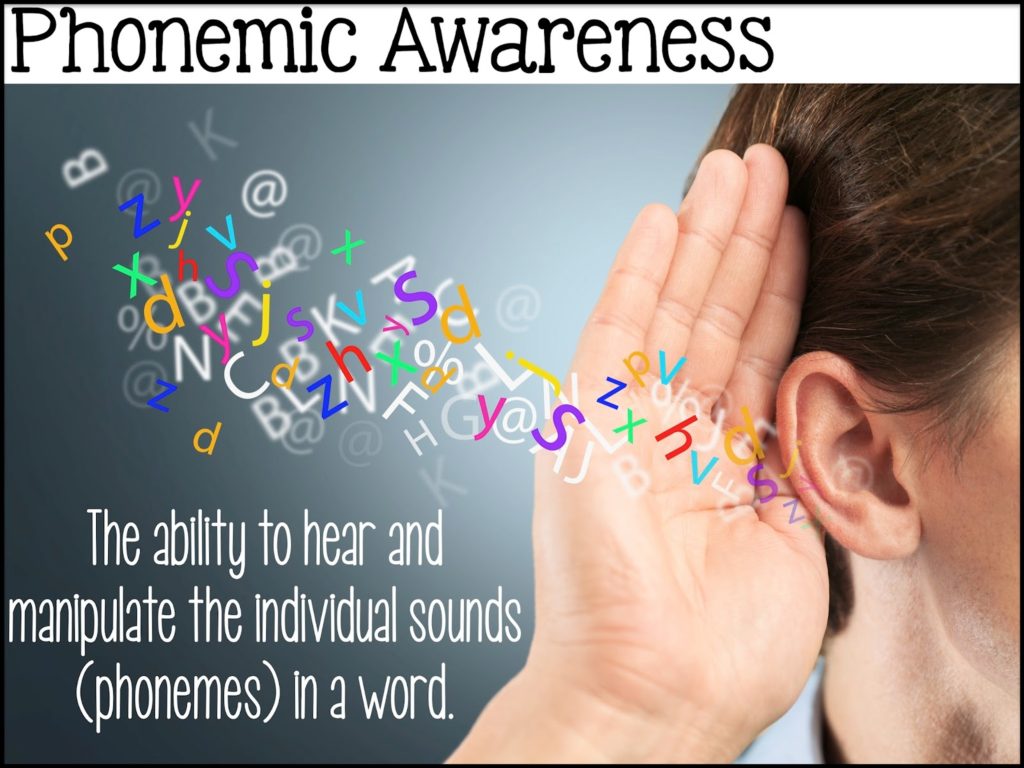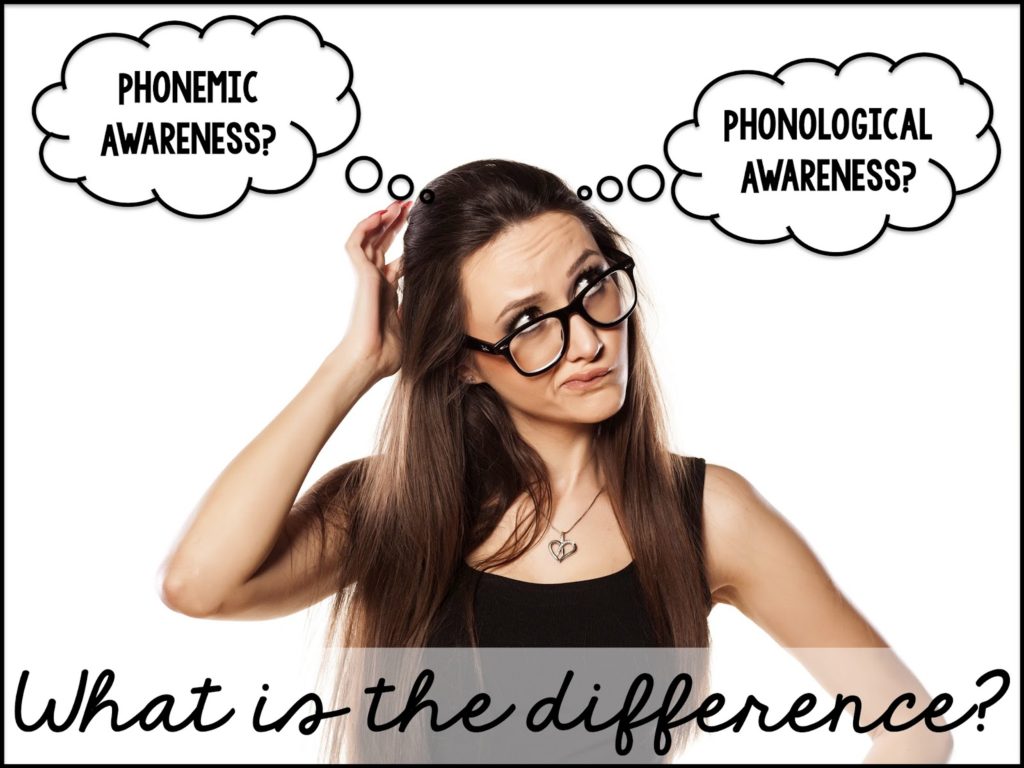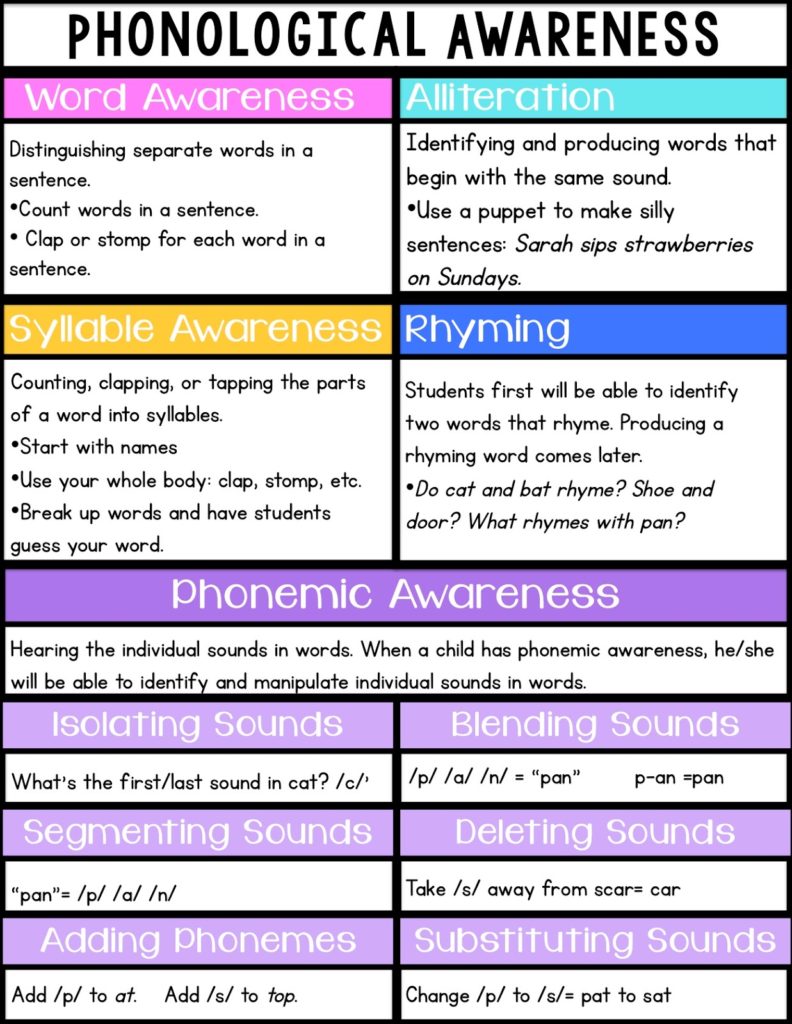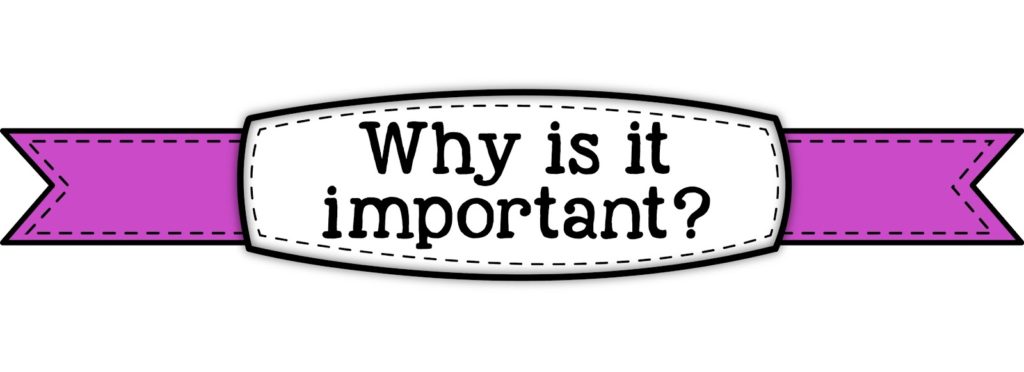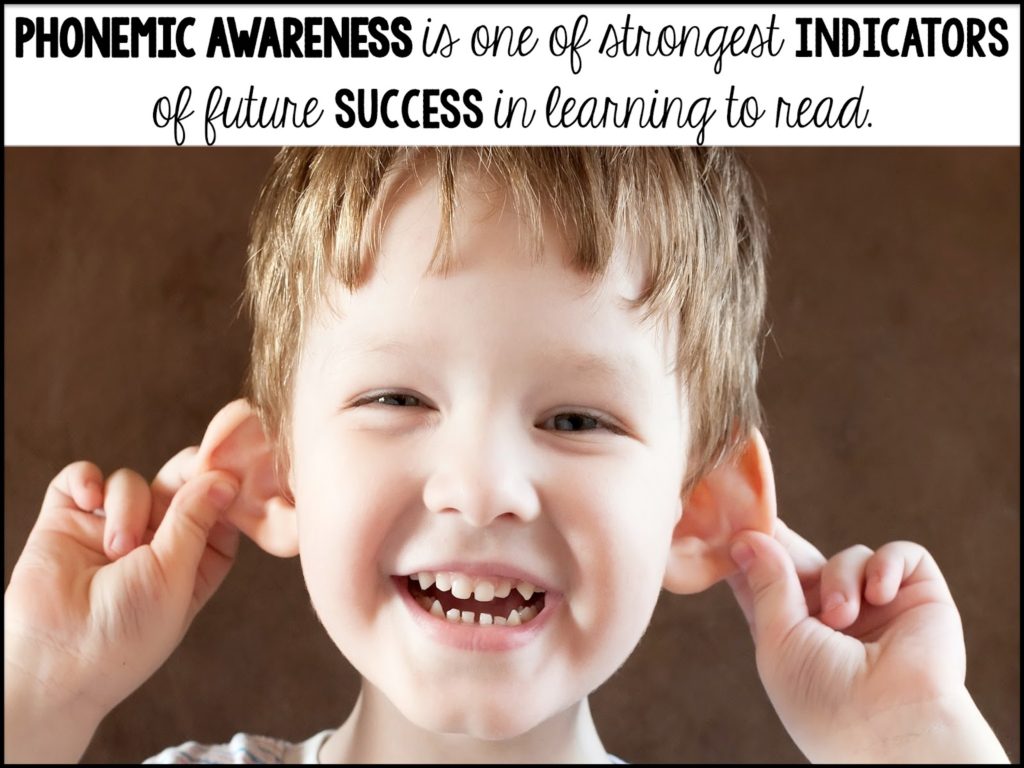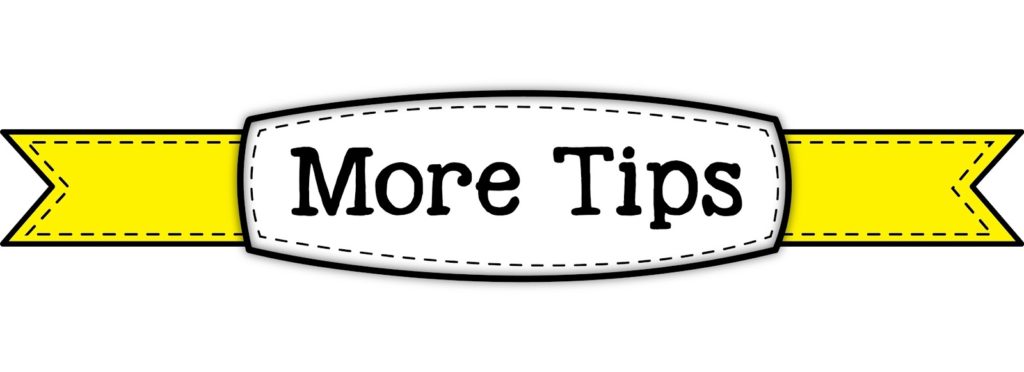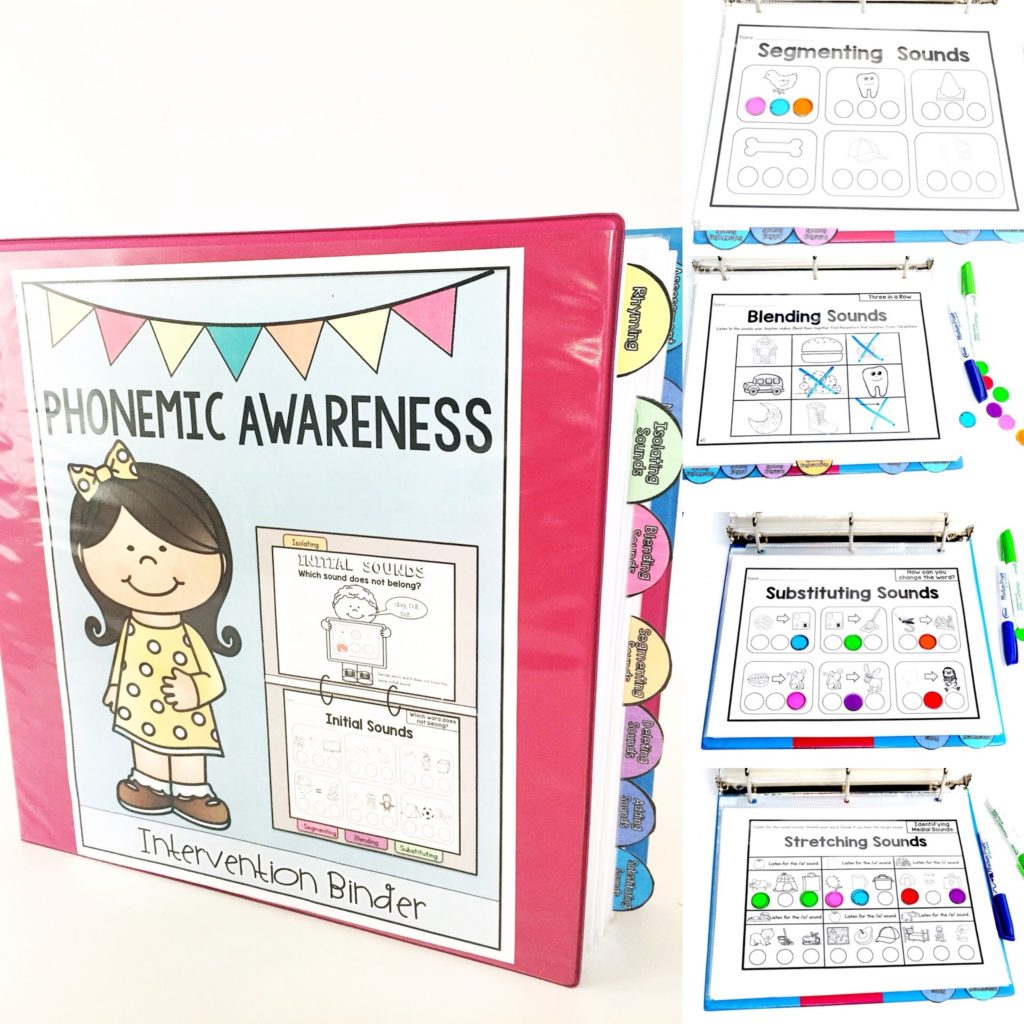Phonemic awareness is a crucial first step in learning to read, and in this post, we’ll explore what it is, why it matters, and how you can help your child or students develop this essential skill.
What is Phonemic Awareness
Phonemic awareness is the understanding that spoken words are made up of smaller parts and these parts can be pulled apart into individual sounds.
The first step in developing phonemic awareness is recognizing that words are made up of individual sounds, or phonemes. Once students understand this concept, they progress to isolating specific sounds within words, such as identifying the first, last, or medial sound. From there, they learn to blend individual sounds together to form a word, segment (break apart) the sounds in a word, and manipulate sounds by adding, deleting, or substituting phonemes. Each of these skills builds upon the others, creating a strong foundation for reading and spelling success.
Phonemes are the smallest unit of sound. Think about the word chip. You can break this word into three sound parts: ch-i-p.
- /ch/ is a phoneme.
- /i/ is a phoneme.
- /p/ is a phoneme.
When a child has developed phonemic awareness, they can perform several essential skills involving the individual sounds, or phonemes, within words. These skills include:
Phoneme Segmentation: This involves breaking a word into its individual sounds. For example, a child can take the word “chip” and segment it into /ch/, /i/, and /p/. This skill is crucial for spelling, as it helps children understand the sound structure of words.
Phoneme Blending: Blending is the ability to combine separate sounds to form a word. For example, when presented with the sounds /ch/, /i/, and /p/, a child can blend them together to say “chip.” This skill is vital for decoding words while reading.
Phoneme Isolation: Isolation refers to identifying specific sounds within a word. For instance, a child can recognize that the first sound in “chip” is /ch/, the middle sound is /i/, and the final sound is /p/.
These phonemic awareness skills build on one another and are essential for decoding and spelling words effectively. Each skill lays the groundwork for more advanced literacy abilities.
Phoneme manipulation is an advanced phonemic awareness skill that involves adding, deleting, or substituting sounds within words. While there are mixed reviews on whether phoneme manipulation is essential, it can be a valuable tool for developing strong decoding and spelling abilities.
Examples of phoneme manipulation include:
- Deleting a sound: Say “chat.” Take away the /ch/. What is left? (at)
- Substituting a sound: Say “chip.” Change the /i/ to /o/. What’s the word? (chop)
- Adding a sound: Say “lap.” Add /s/ to the beginning. What’s the word now? (slap)
Phoneme manipulation typically comes later in phonemic awareness development. For beginning readers, the initial focus should be on blending sounds (e.g., /ch/-/i/-/p/ = “chip”), segmenting sounds (breaking words into their phonemes), and isolating sounds (starting with beginning sounds, then ending sounds, and finally medial sounds). These foundational skills create the groundwork for future success with more complex tasks like phoneme manipulation.
Phonemic awareness is all about the sounds in words.
What is the Difference Between Phonemic Awareness and Phonological Awareness?
This is exactly how I felt when I first heard these two terms. I’m pretty sure I used them interchangeably for my first couple of years of teaching. I had a really hard time wrapping my head around it! Phonological awareness is a broad skill that involves recognizing and working with different sound patterns in language, such as words, syllables, onsets, rimes, and phonemes. Within this umbrella, phonemic awareness focuses specifically on identifying and manipulating the individual sounds, or phonemes, within spoken words.
Phonological awareness is a more general term. It is having an awareness of larger parts of words, such as syllables or word endings like -at in cat. Having the ability to recognize rhymes and count syllables are two examples of having phonological awareness.
Phonemic Awareness is more specific. It focuses on understanding that words can be broken down into individual sounds, or phonemes. For example, recognizing that the word “cat” consists of the sounds /k/, /a/, and /t/ demonstrates phonemic awareness.
I like to think of phonological awareness as an umbrella term. Phonemic awareness is one part of it, along with rhyming, syllables, and alliteration. While phonological awareness encompasses a range of sound-based skills, phonemic awareness zeroes in on the individual sounds within words.
Click here for a printable version of PHONOLOGICAL skills.
Why is Phonemic Awareness Important?
In order to read, a child must be able to break apart the sounds in words.
A phonological weakness will impair a child’s ability to decode words (Shaywitz 2003).
Research: Adams, 1990; Juel, 1988; Share, Jorm, Maclean, and Matthews, 1984; National Reading Panel2000; Scanlon & Vellutino, 1987
2000; Scanlon & Vellutino, 1987
From Phonemic Awareness to Phonics
Developing phonemic awareness is a crucial step toward success with phonics, the next stage in learning to read. As soon as a child begins to develop phonemic awareness and learns some letter-sound correspondences, they can start connecting those sounds to letters. This allows them to blend sounds together to read words. Similarly, they can begin breaking apart the sounds in a word and linking those sounds to letters to write words. Incorporating letters early in this process helps solidify the connection between sounds and print, supporting both reading and spelling development.
Phonics is an instructional method that focuses on matching letters to their sounds to decode words. Have you ever had a student who struggled with phonics? You might have asked yourself, Why can’t they sound out words? The answer is often that they haven’t fully developed phonemic awareness. Rather than setting letters aside completely, it’s important to adjust instruction by blending phonemic awareness activities with letter-sound connections. For example, using letter tiles to practice blending and segmenting sounds can simultaneously strengthen phonemic awareness and phonics skills.
When applying phonics strategies, a child first looks at the word and identifies its letters. Then, they connect the sounds to those letters, holding the previous sounds in their memory as they progress. Once they match the letters to their sounds, they are ready to blend the sounds together to read the word. But what if blending doesn’t happen?
I’ve worked with many students who seemed ready to read because they had mastered their letters and sounds. Yet, they still struggled to blend those sounds into words. This happens when one critical piece of the puzzle—phonemic awareness—is missing. Both letter-sound knowledge and phonemic awareness must be present for a child to successfully engage with phonics. When these foundational skills are in place, the child is ready to decode and embark on their reading journey with confidence!
How to Teach Phonemic Awareness
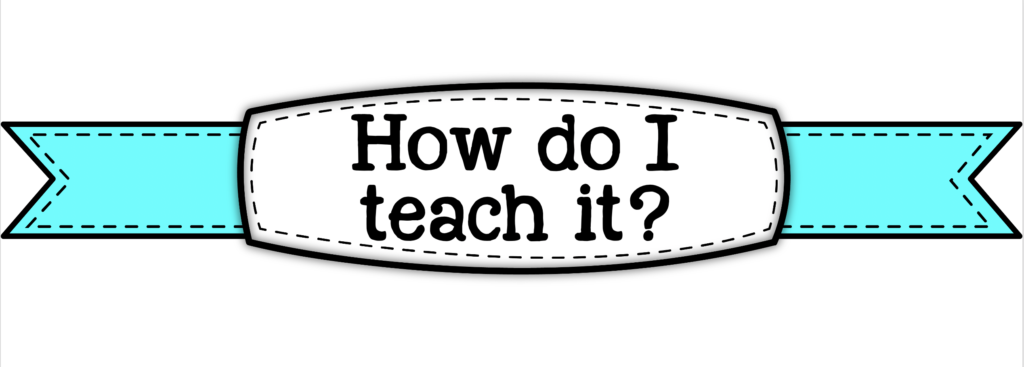
Phonemic awareness comes more naturally to some kids. With others, it needs to be explicitly taught, modeled, practiced and practiced some more.
- All children benefit from phonemic awareness instruction, but it is absolutely crucial for kids who are lacking this skill.
- Instruction can begin as early as 4, but it should be in every kindergarten classroom.
- Before you can dig into phonemic awareness instruction (breaking apart the individual phonemes in words,) make sure your kids have a general phonological awareness: Start with rhyming, alliteration, and syllables. Here are some tips for developing these skills:
- Click here to download a printable version of the following ideas:
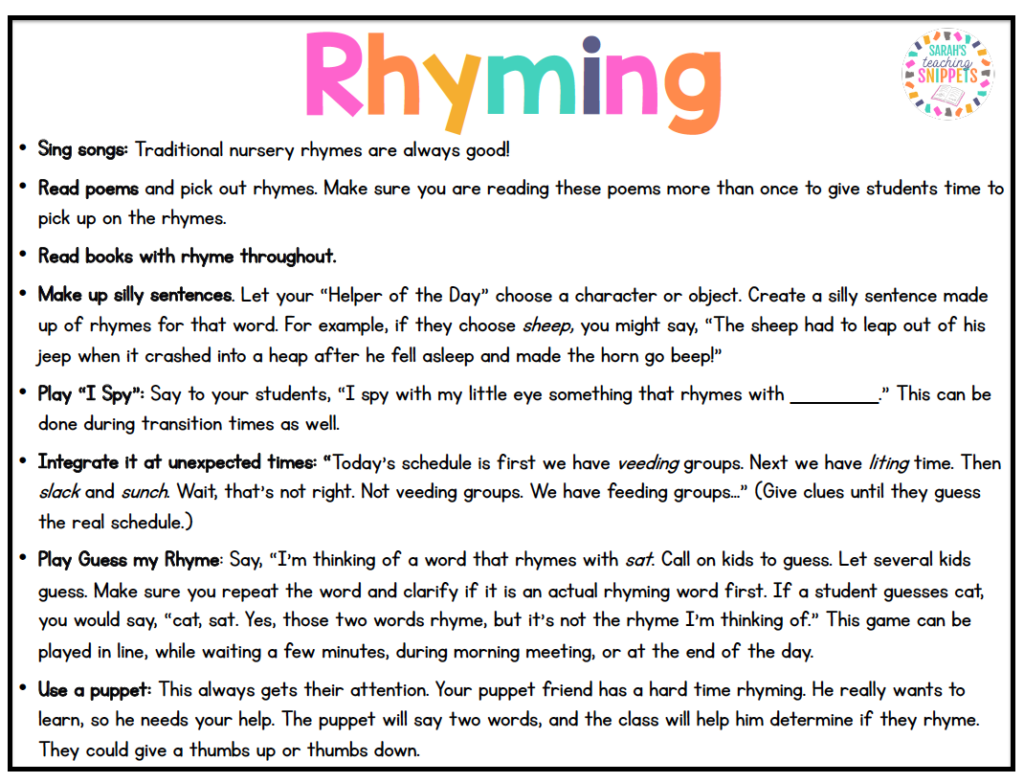
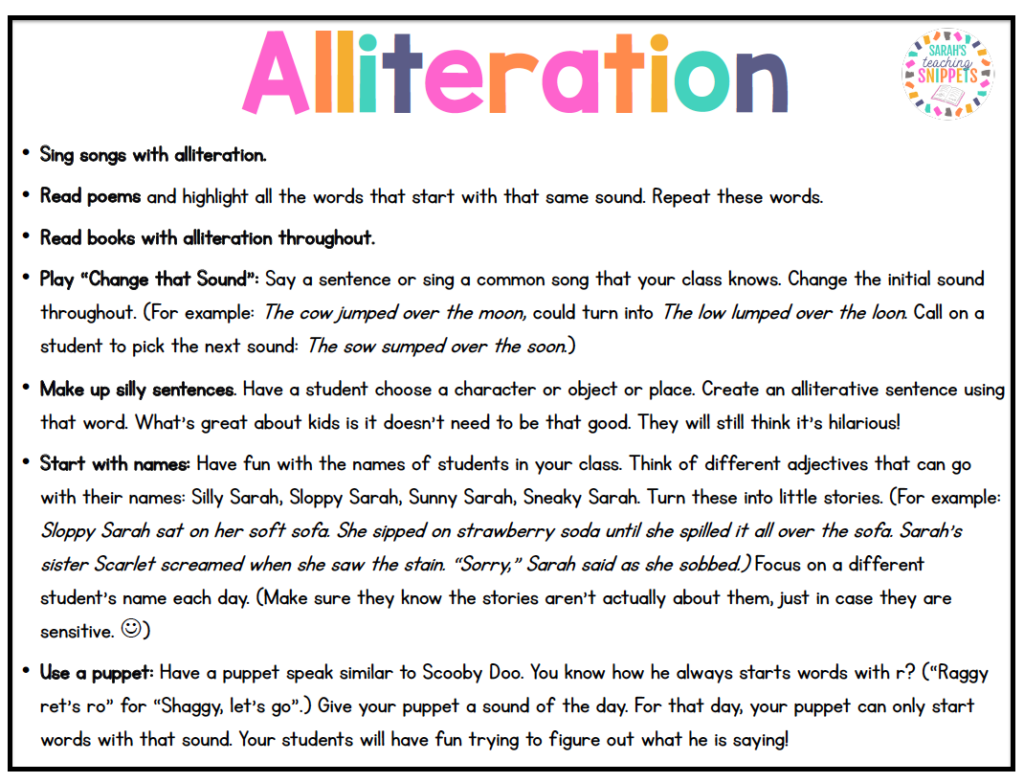
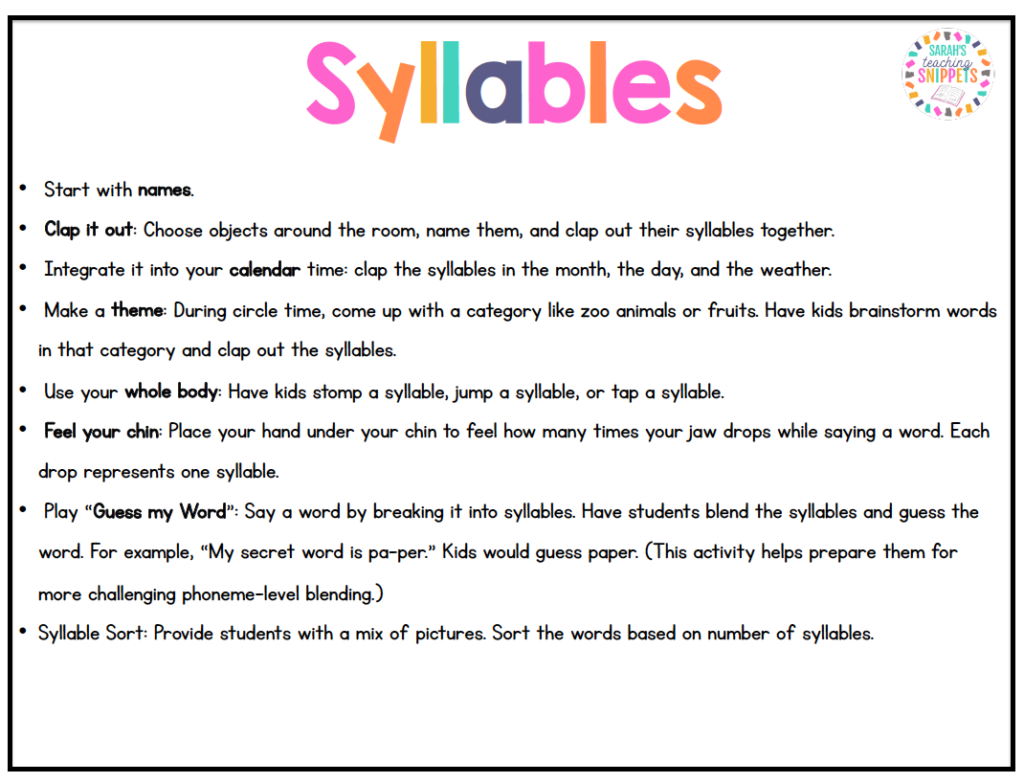
Once those skills are solid, you are ready to move into instruction to develop phonemic awareness.
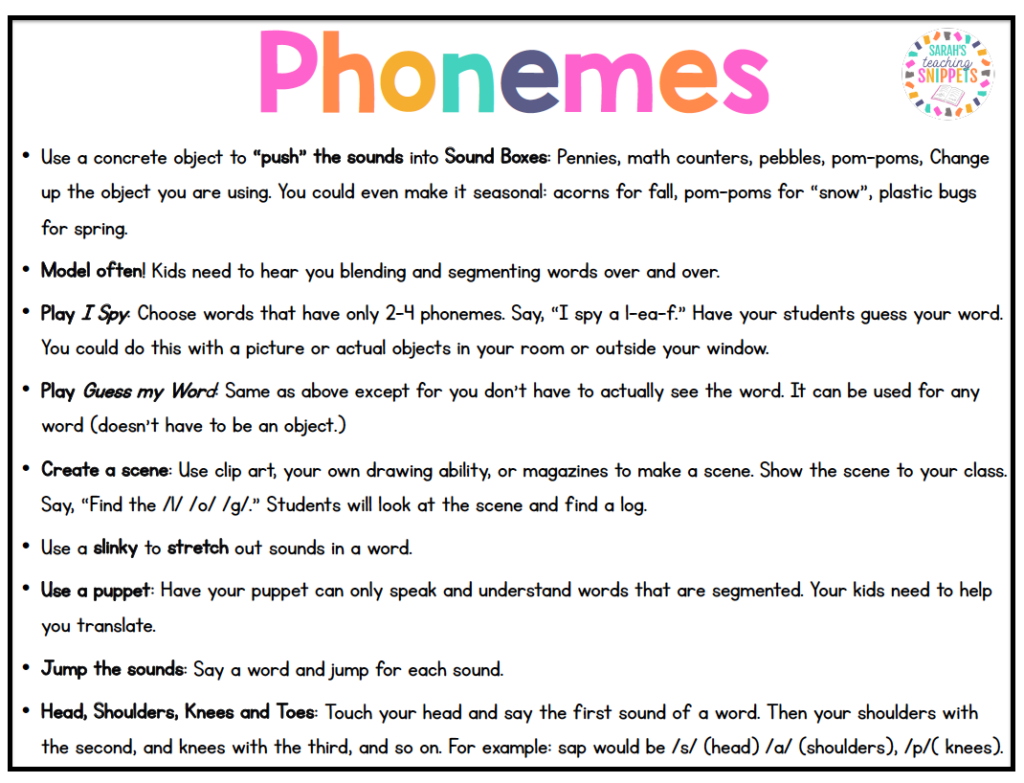
I always have several puppets ready to use. I tell them that the puppets talk slower than we do and I need help translating. I even found a sloth puppet which is perfect! Have the puppet talk in individual phonemes and have students “translate” for you.
Here is a link to an older blog post with some specific tips and ideas about phonemic awareness. It is packed with information, so I hope it helps! It’s a long post, so get some popcorn and a cup of coffee. 🙂
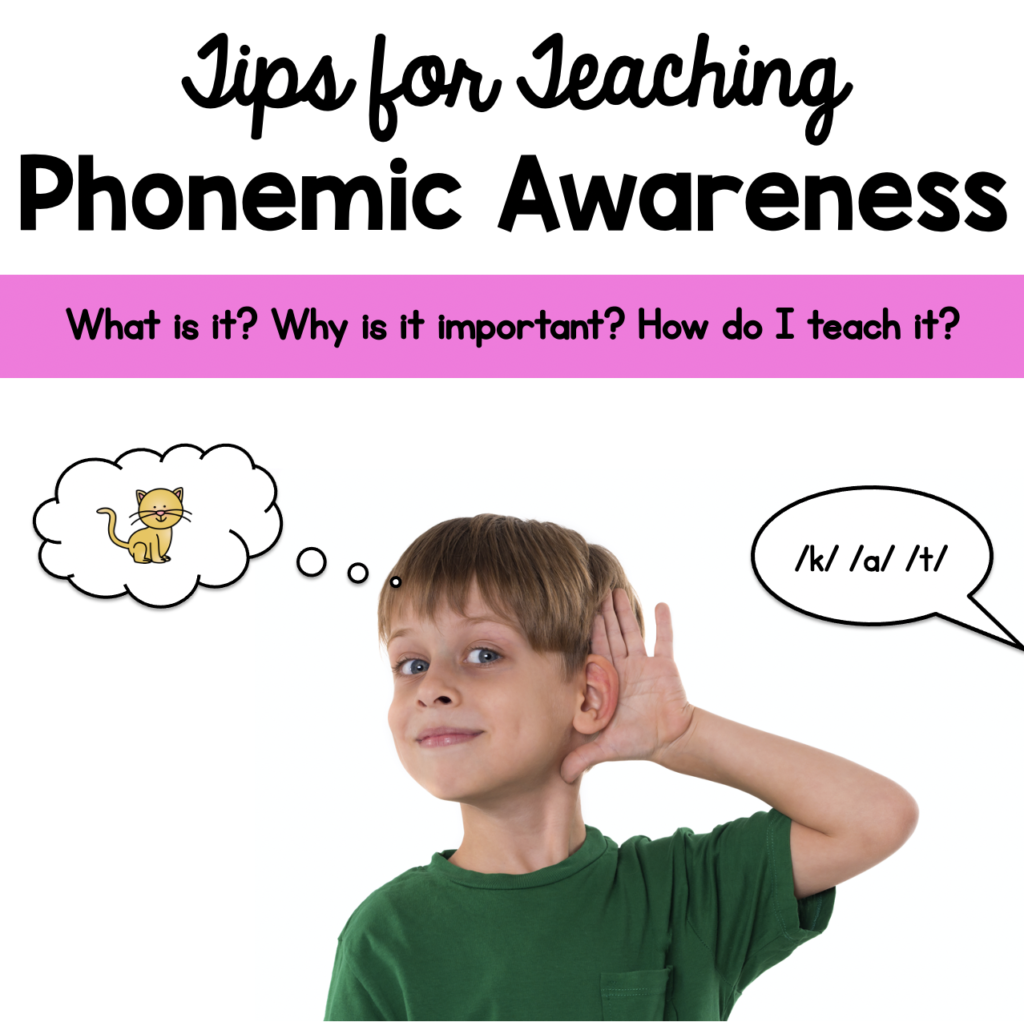
You can click here or on the picture to read this post.
If a child continues to struggle with phonemic awareness, this may be a sign of dyslexia. I will blog more about dyslexia in a later post. For now, just know a lack of phonemic awareness IS a sign of dyslexia. They will need more specialized help.
Now that your students have developed a strong phonemic awareness, phonics is a natural next step.
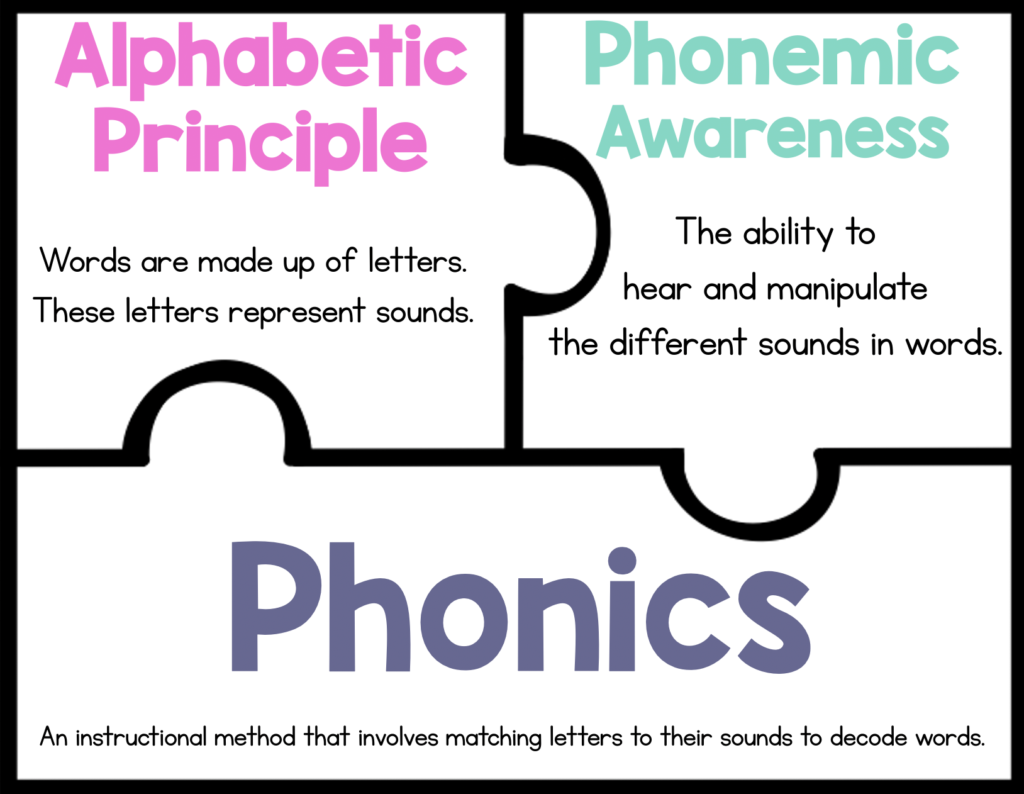
I made this to illustrate how phonics cannot happen without both pieces to the puzzle: phonemic awareness and the alphabetic principle. I will be blogging more about phonics soon! In the meantime, email me or comment with any specific questions so I can ensure I include it in my post.
Resources:
If you are looking for some RTI resources, I have a few available too:
This is how I store these:
